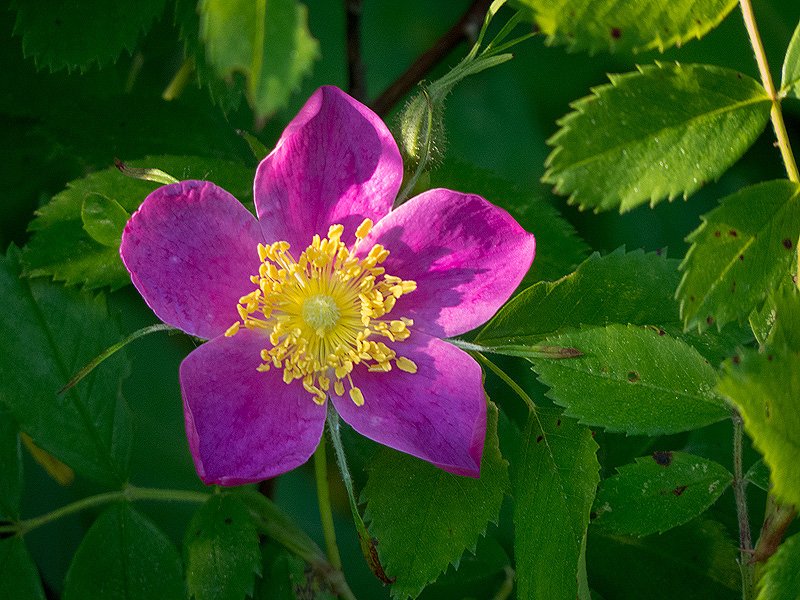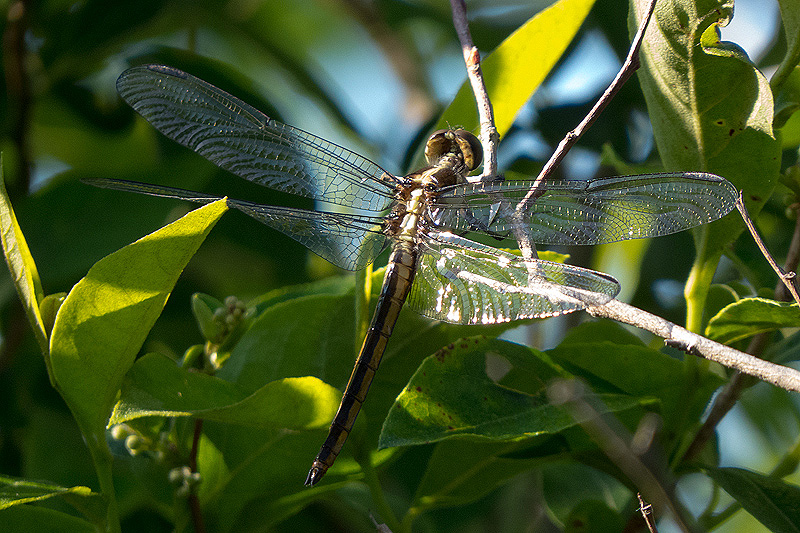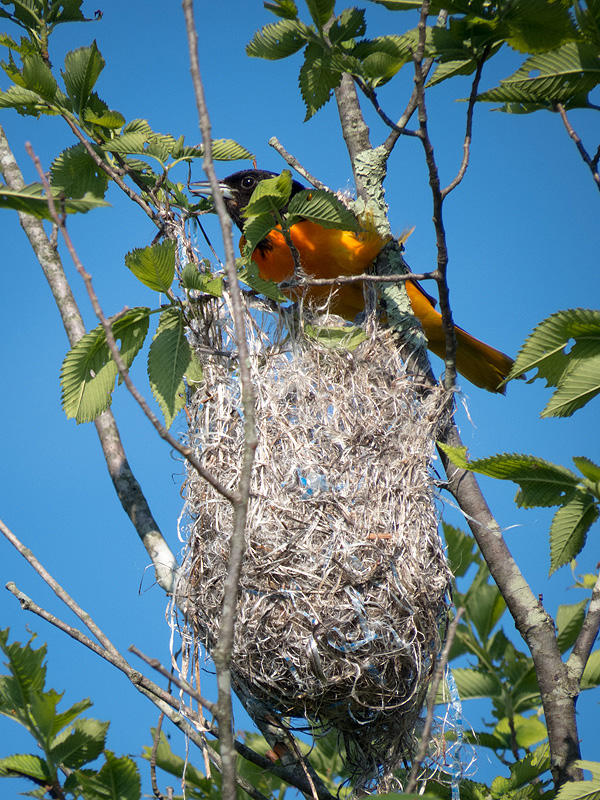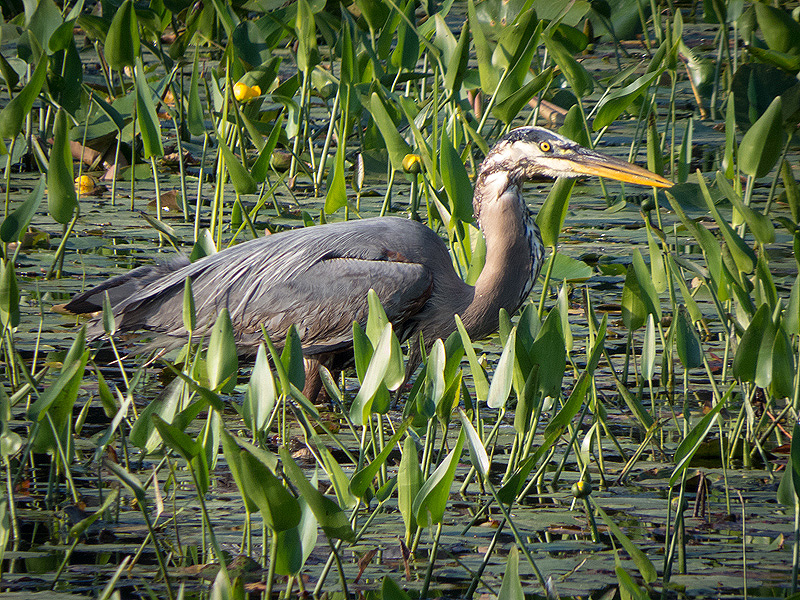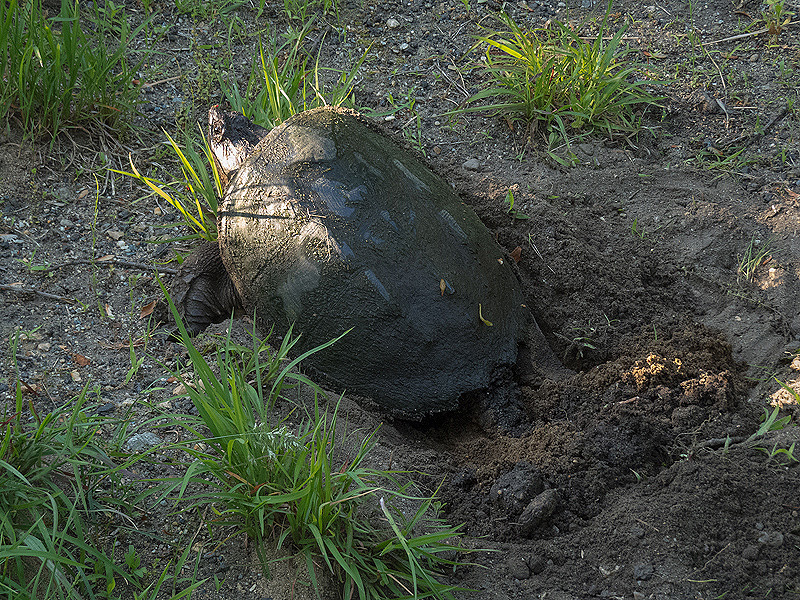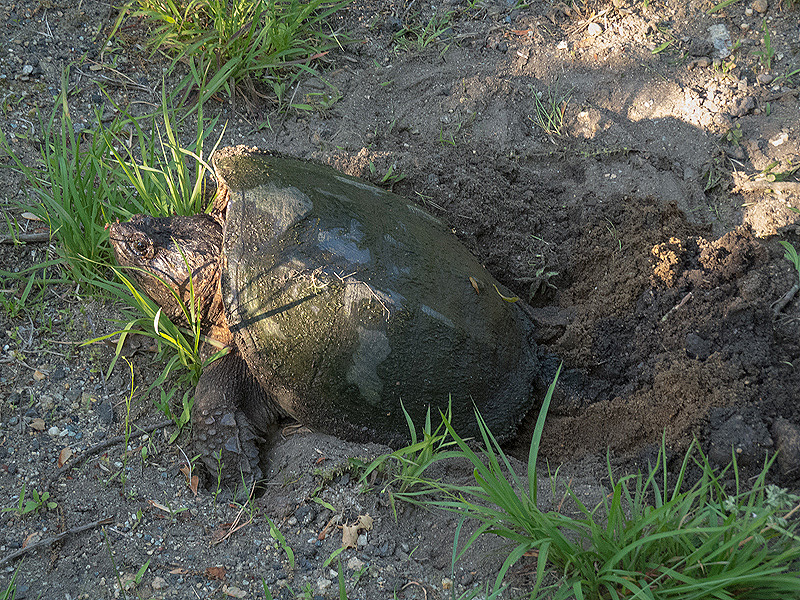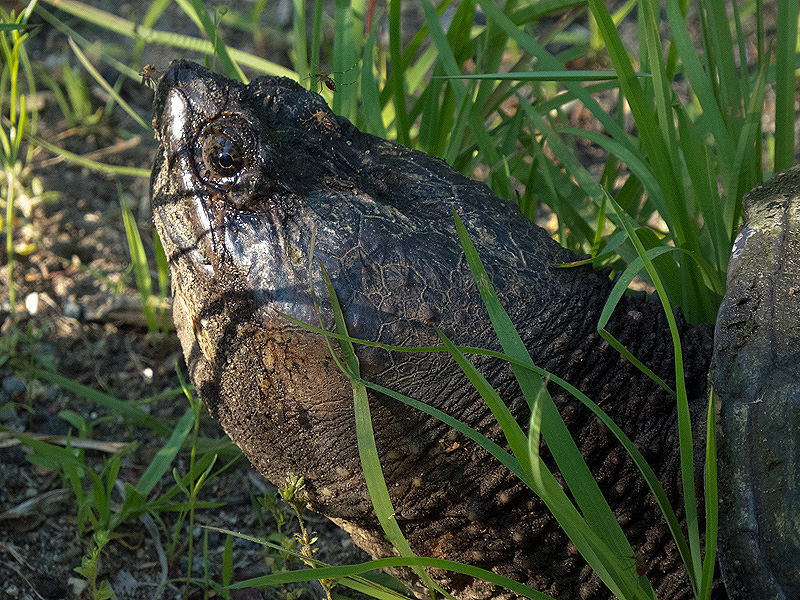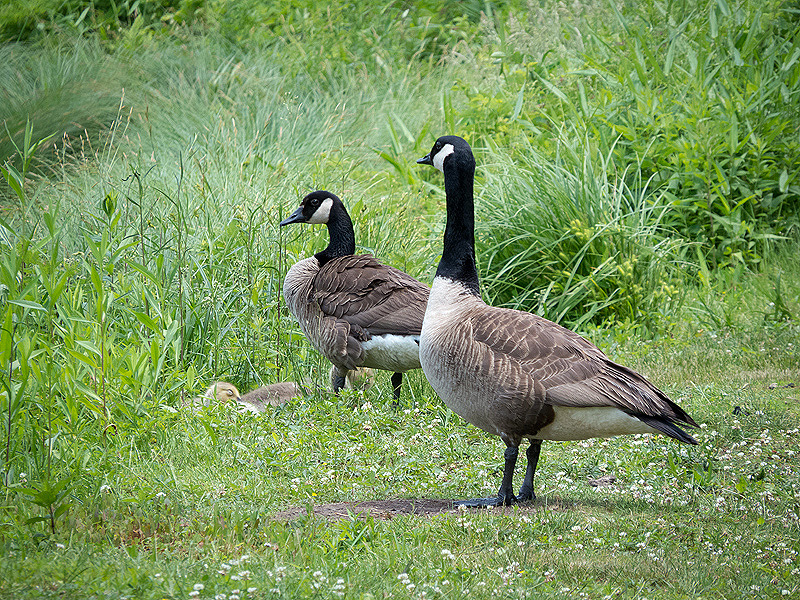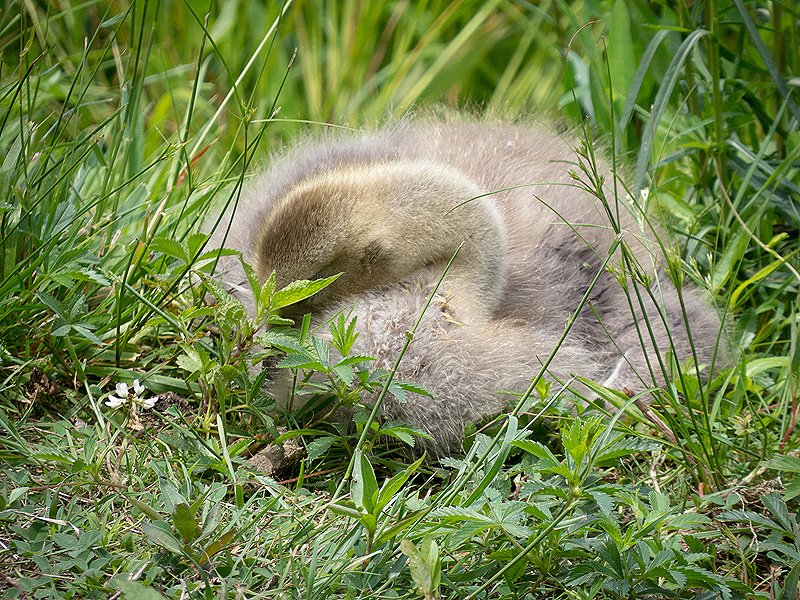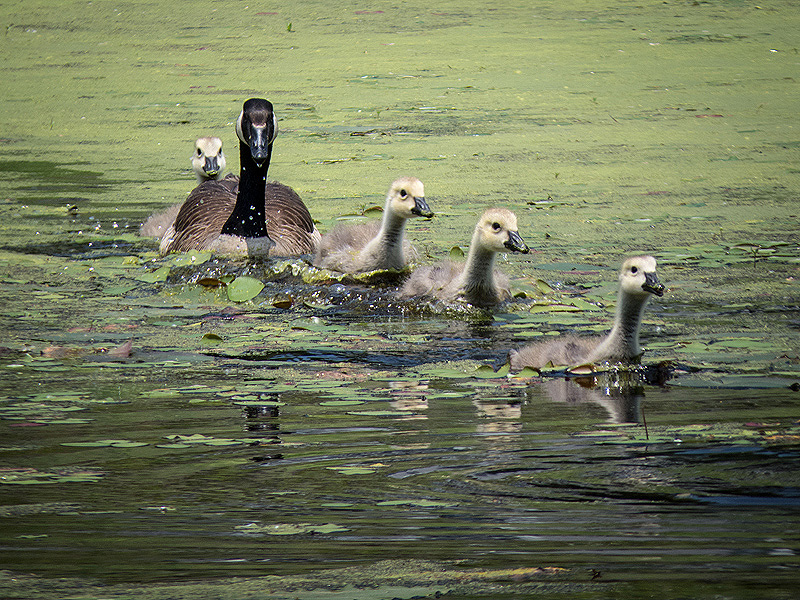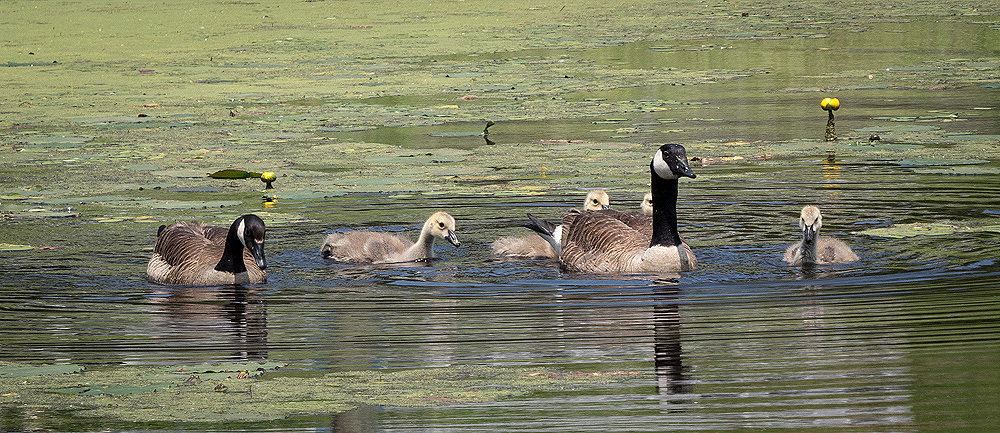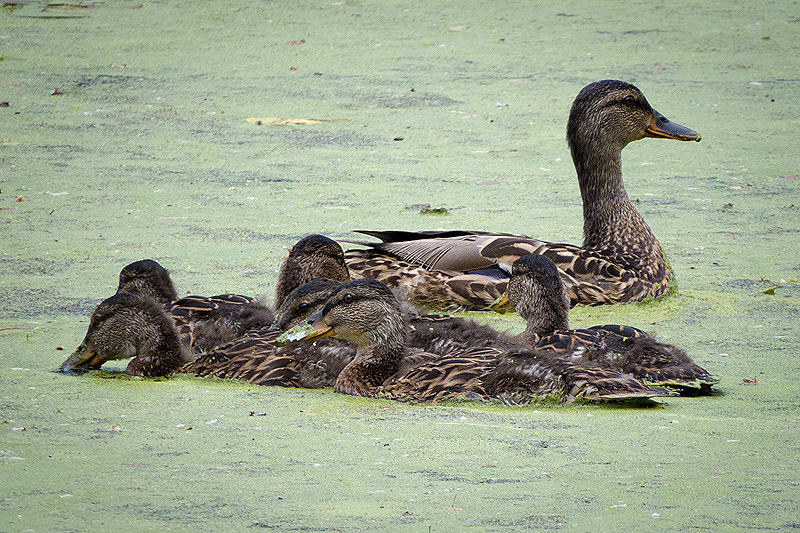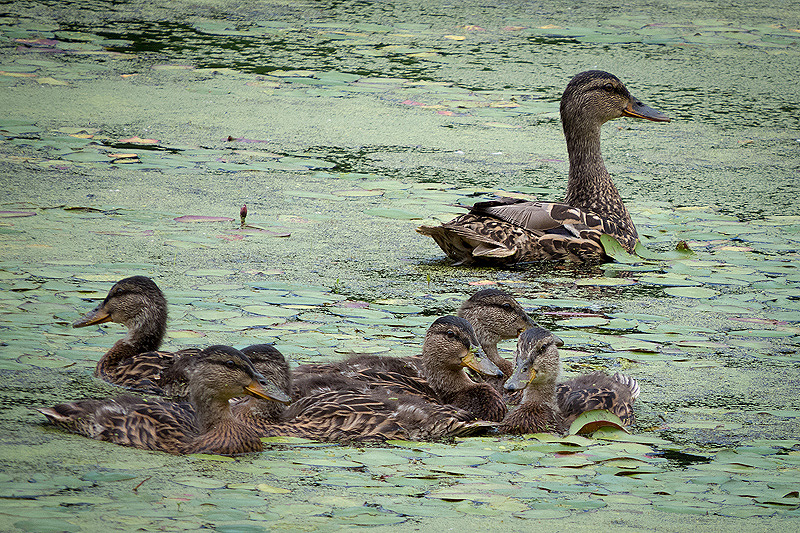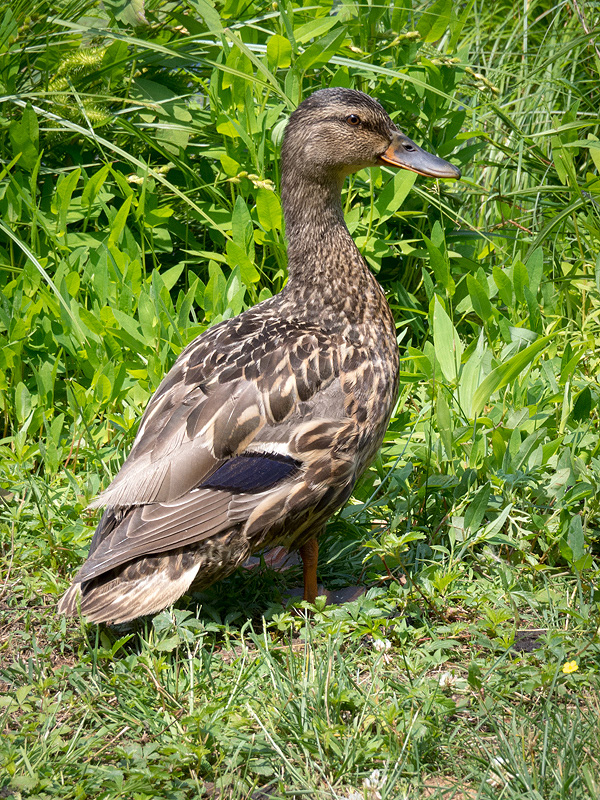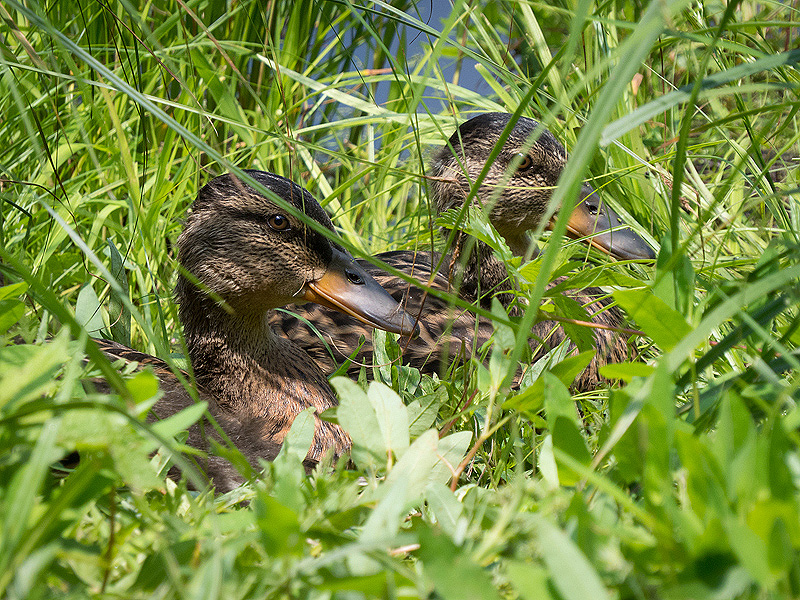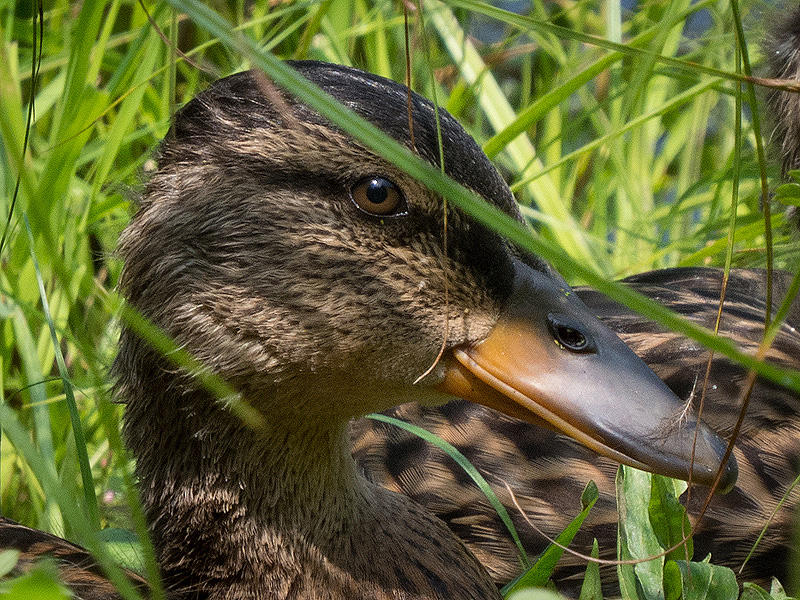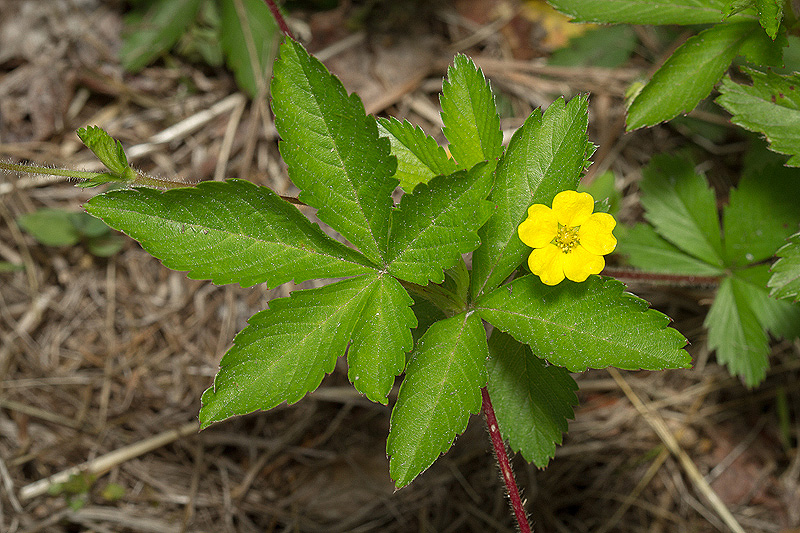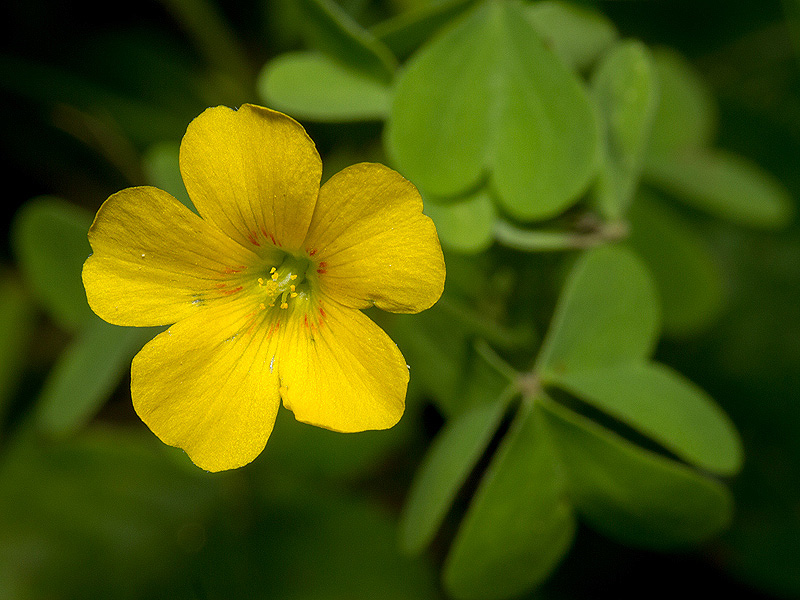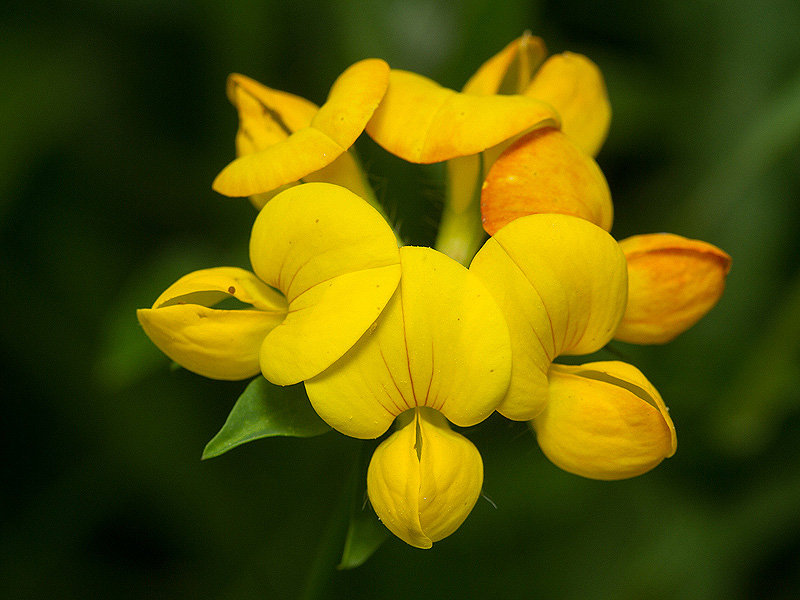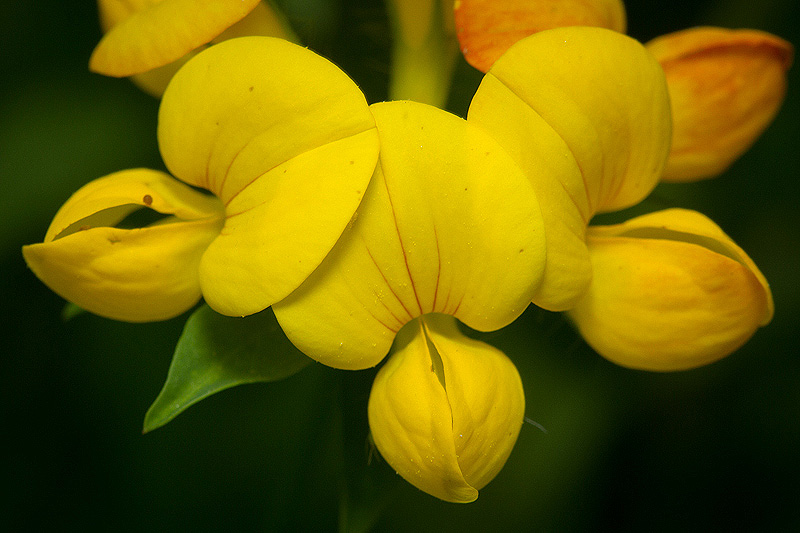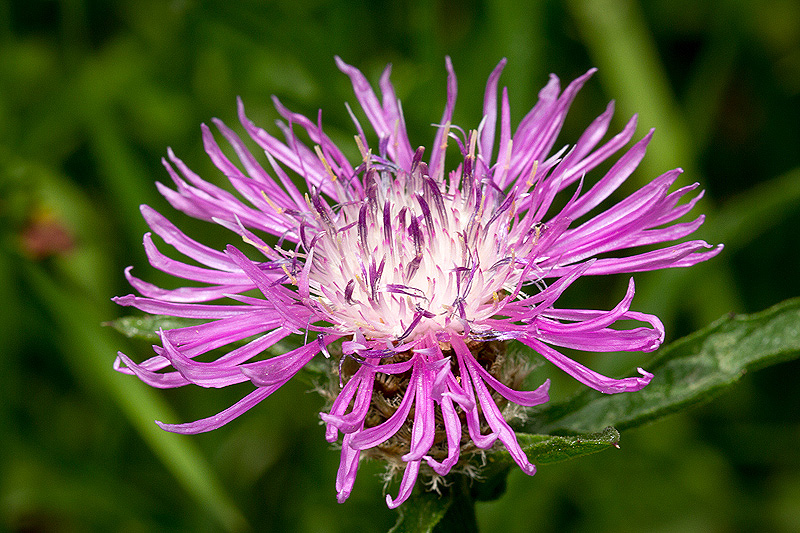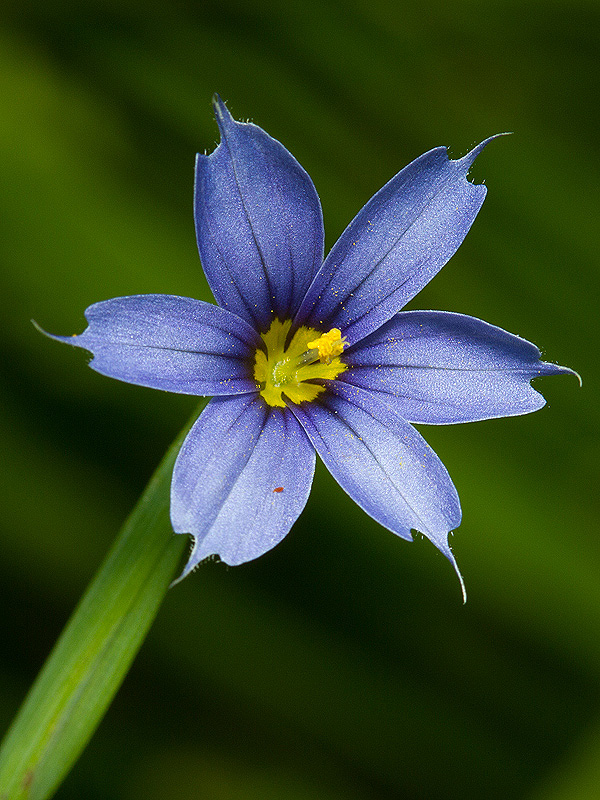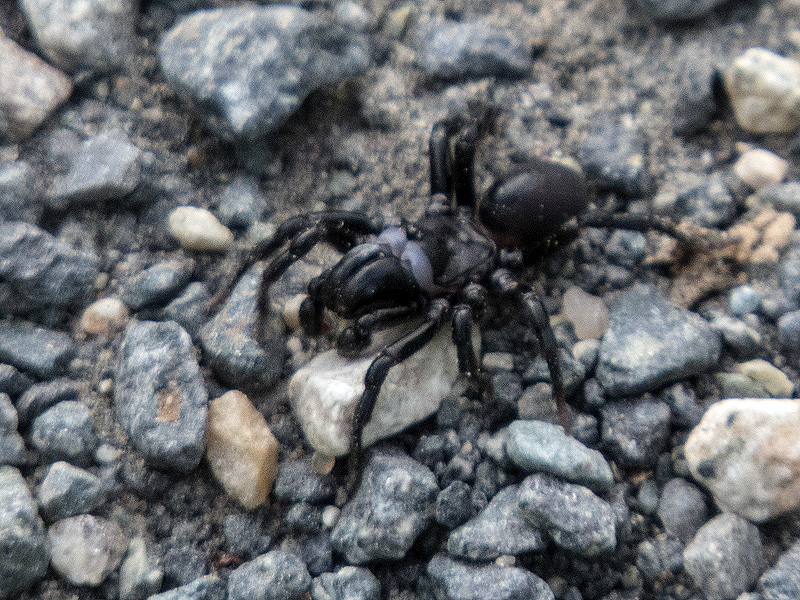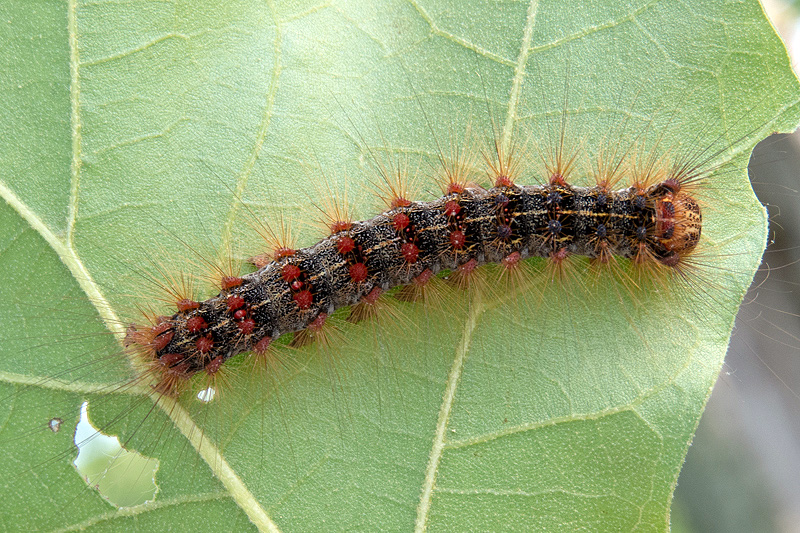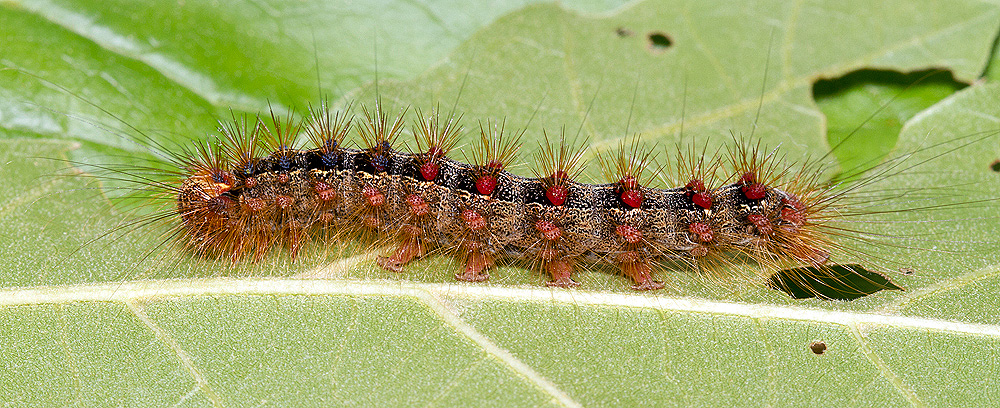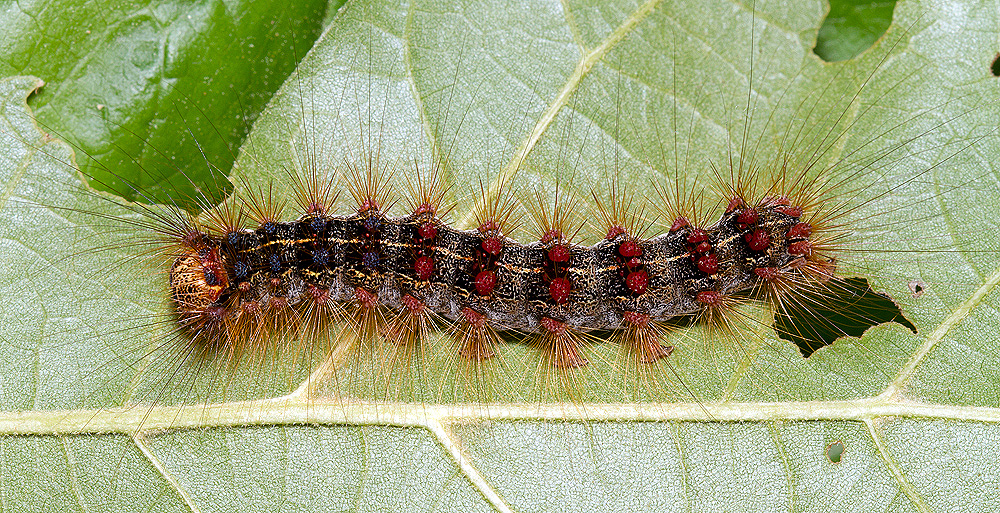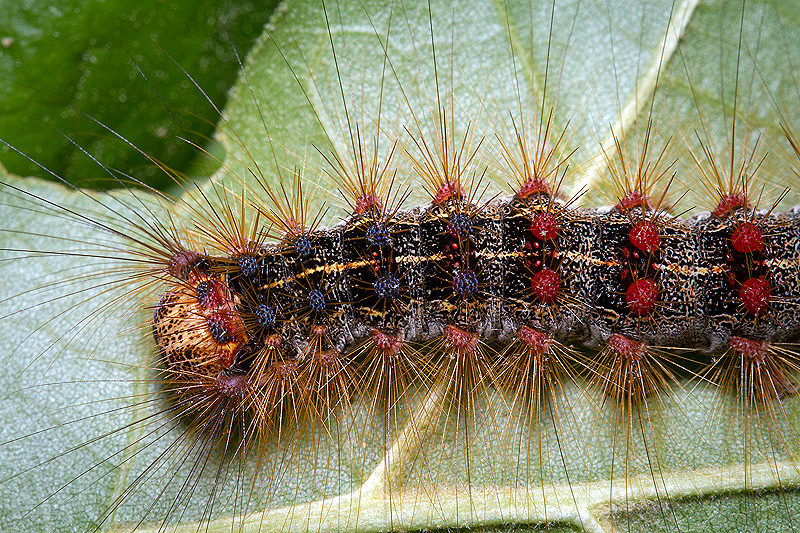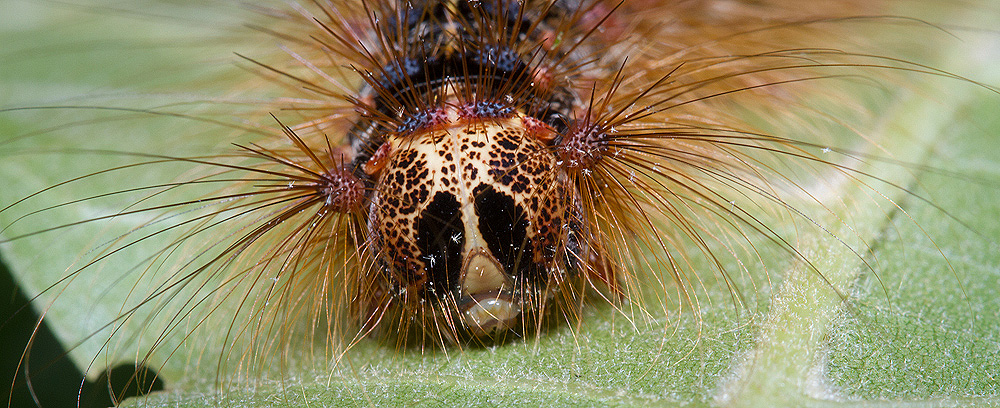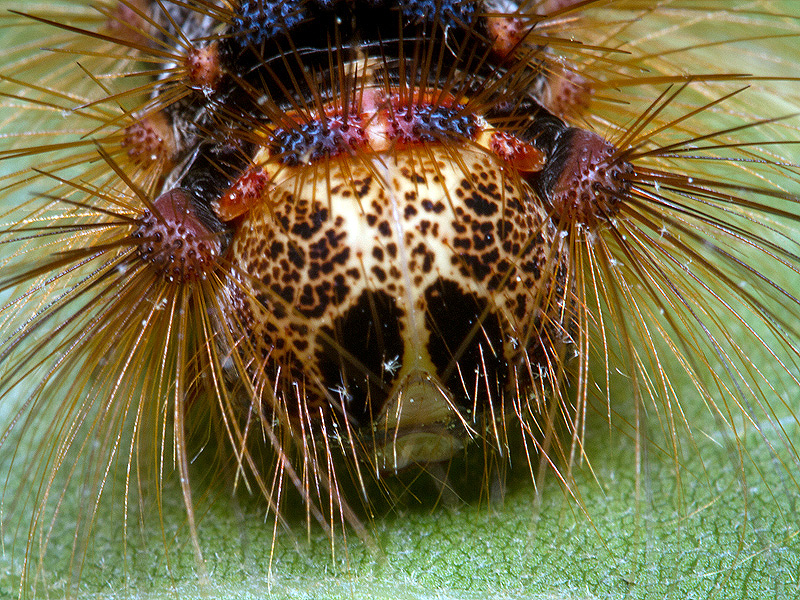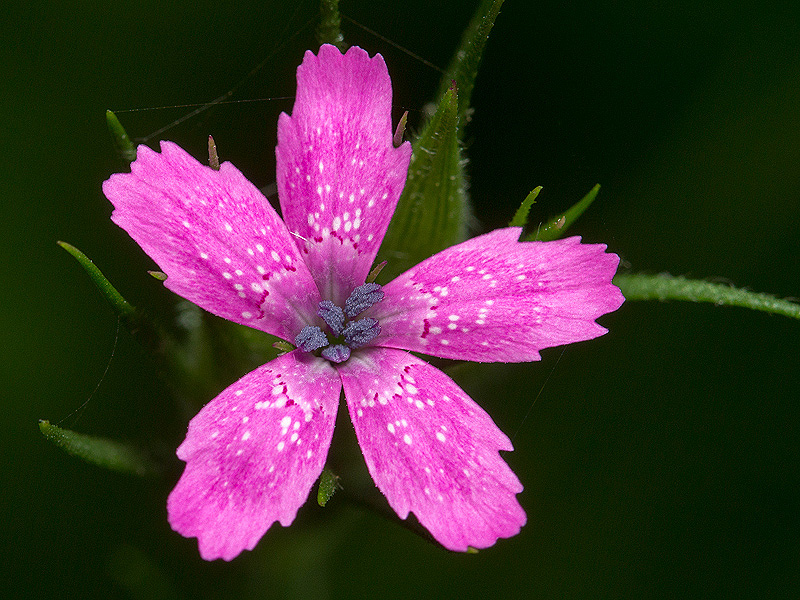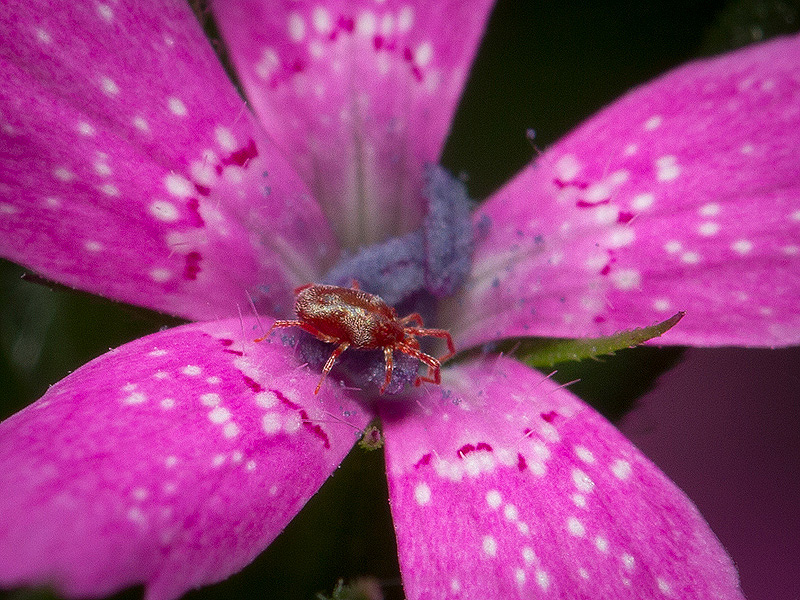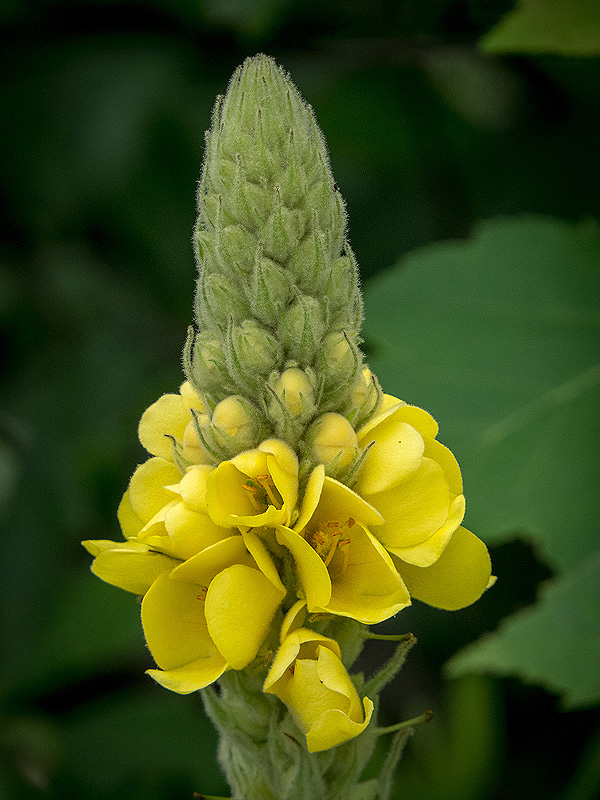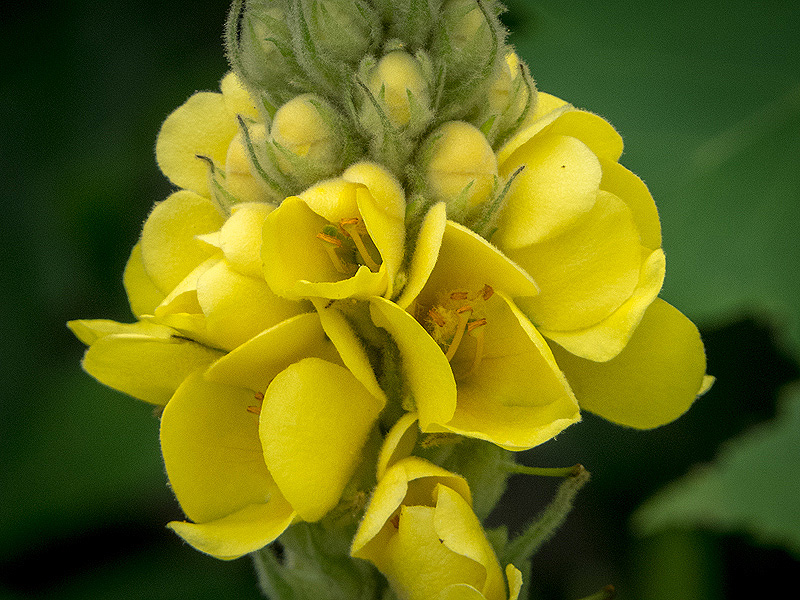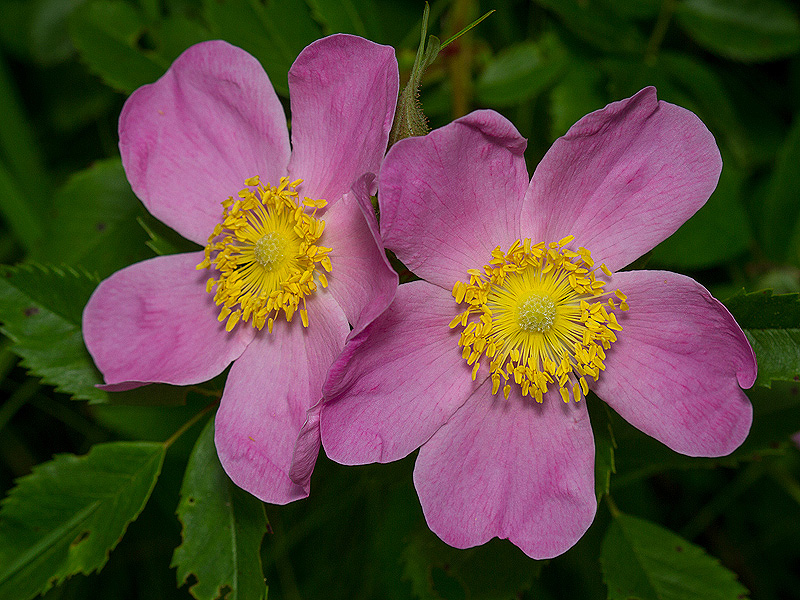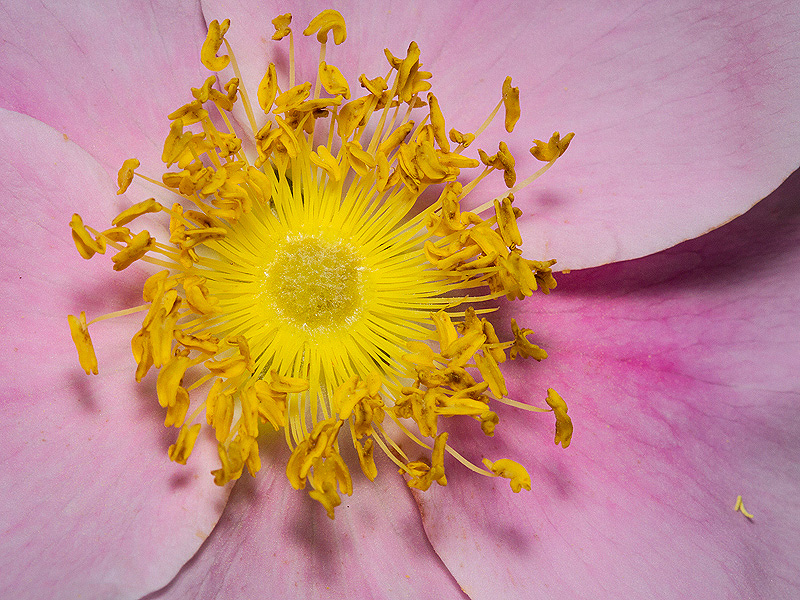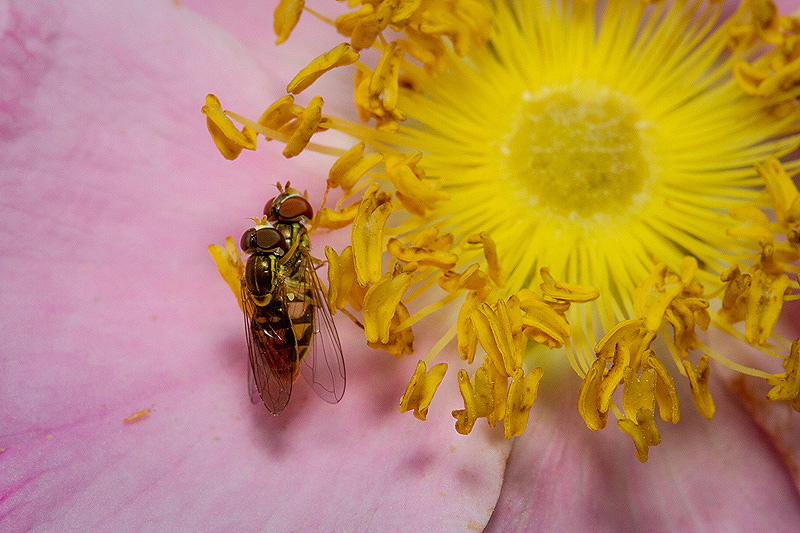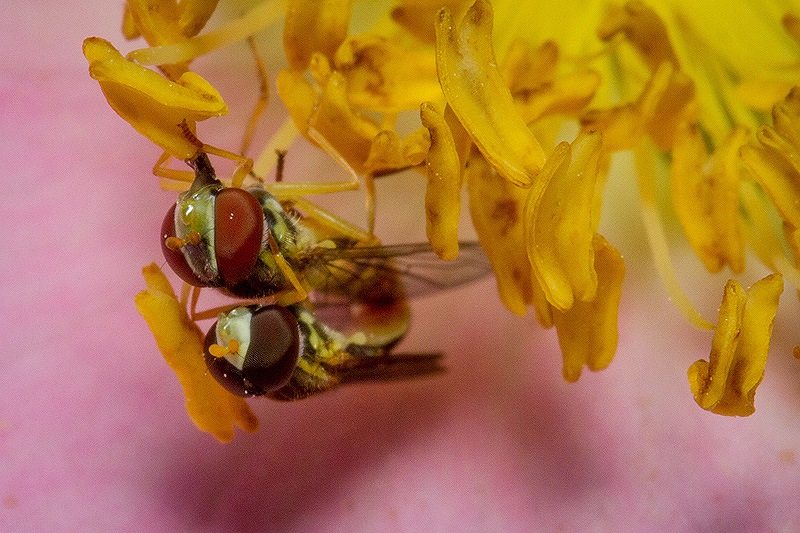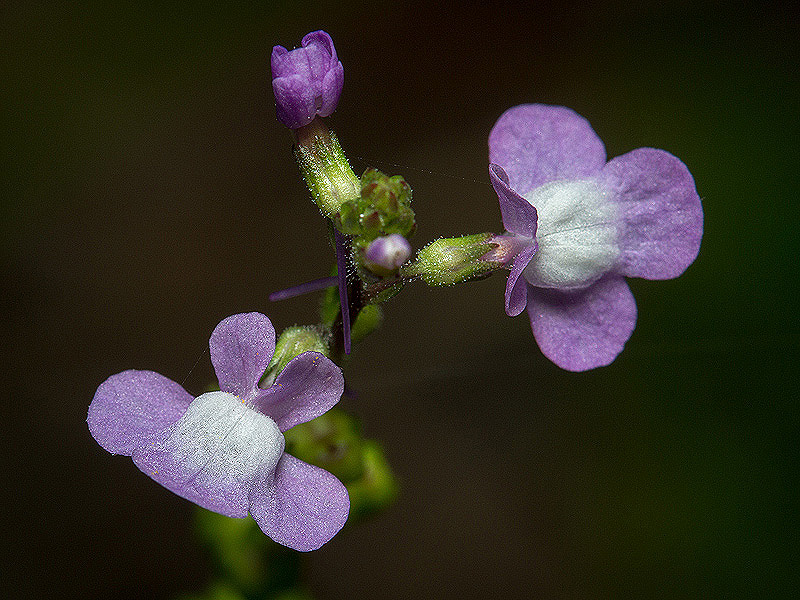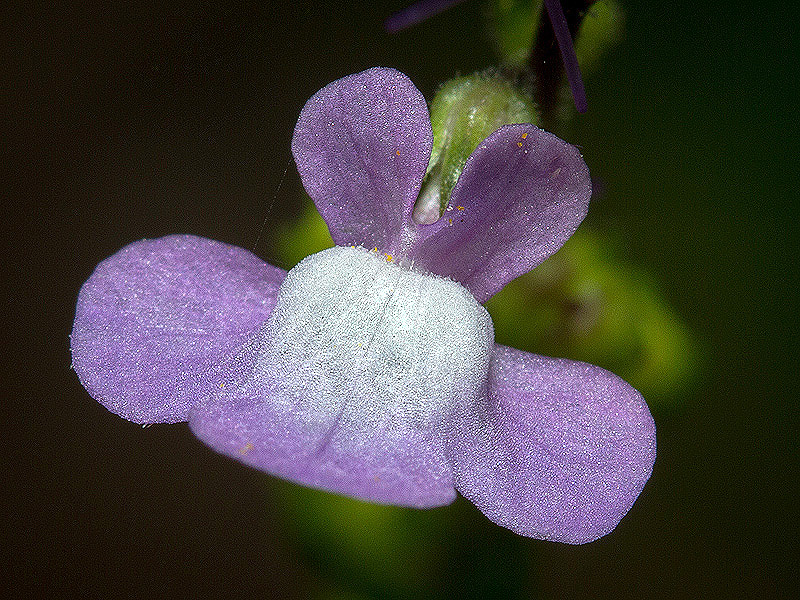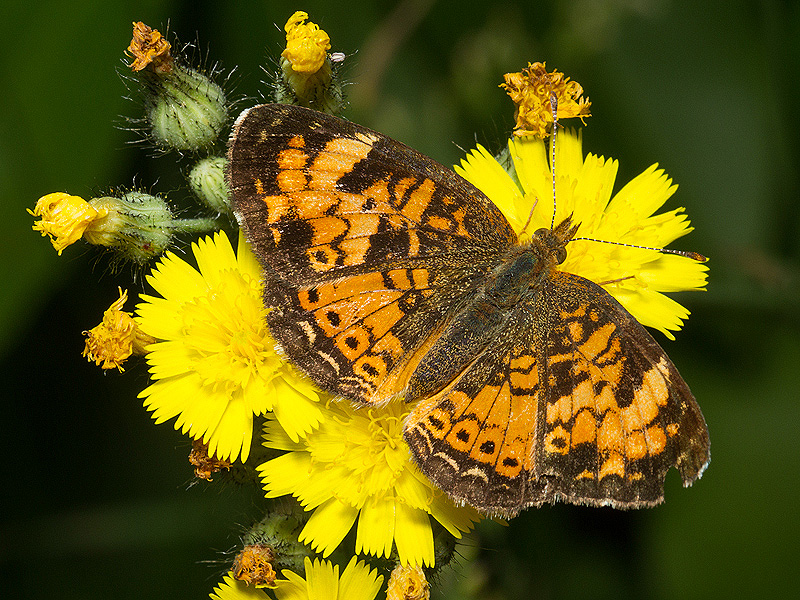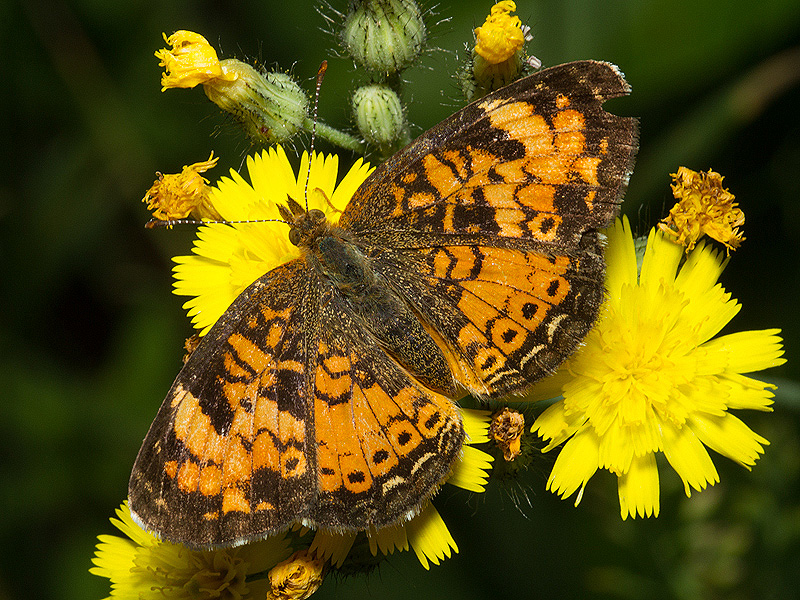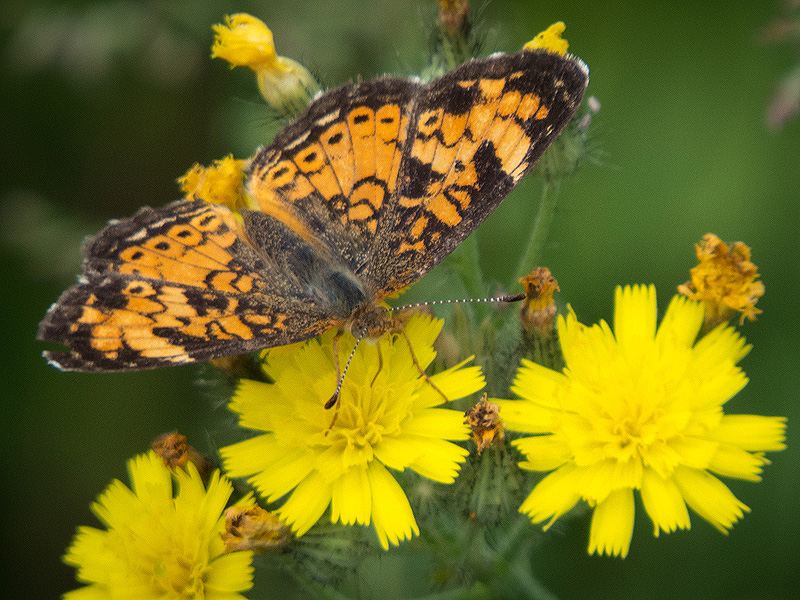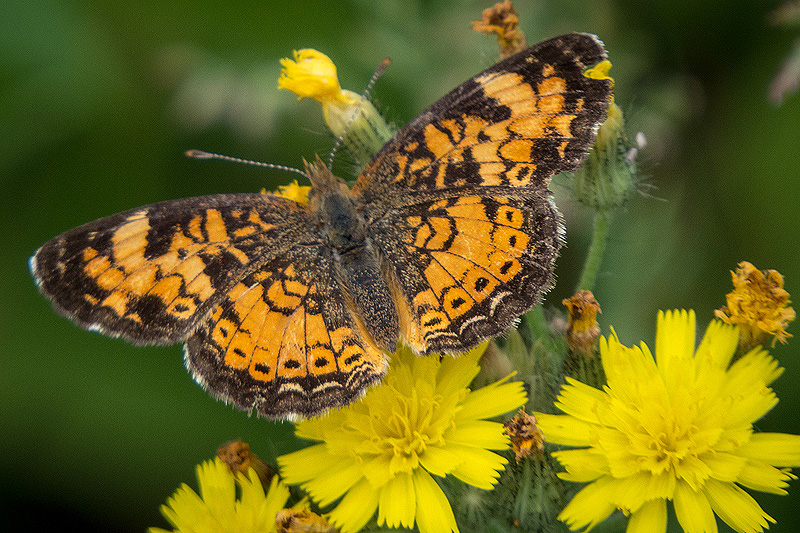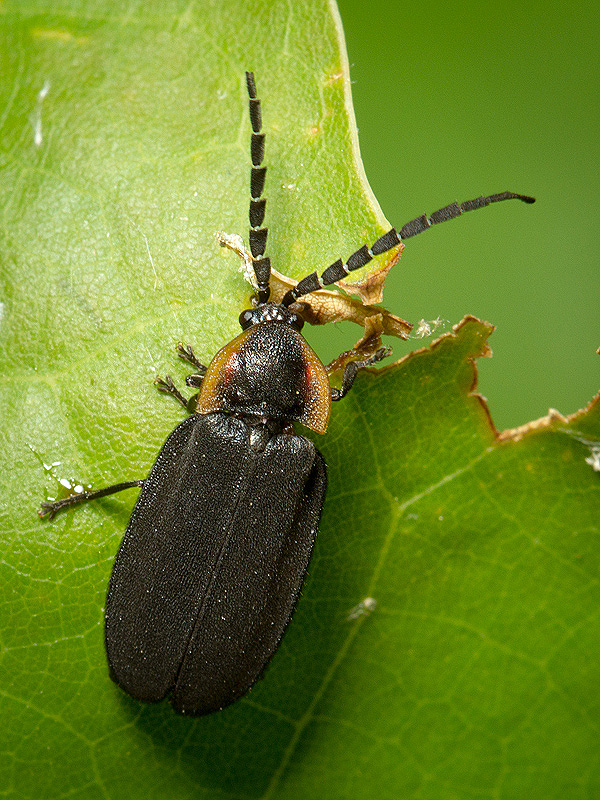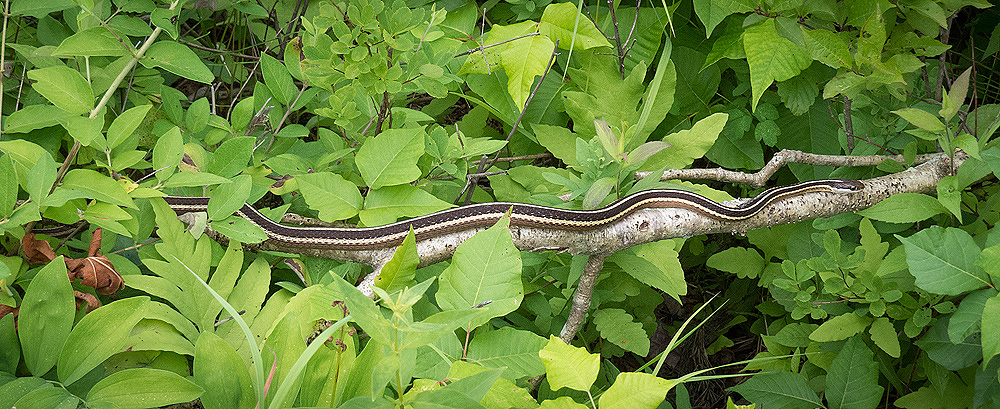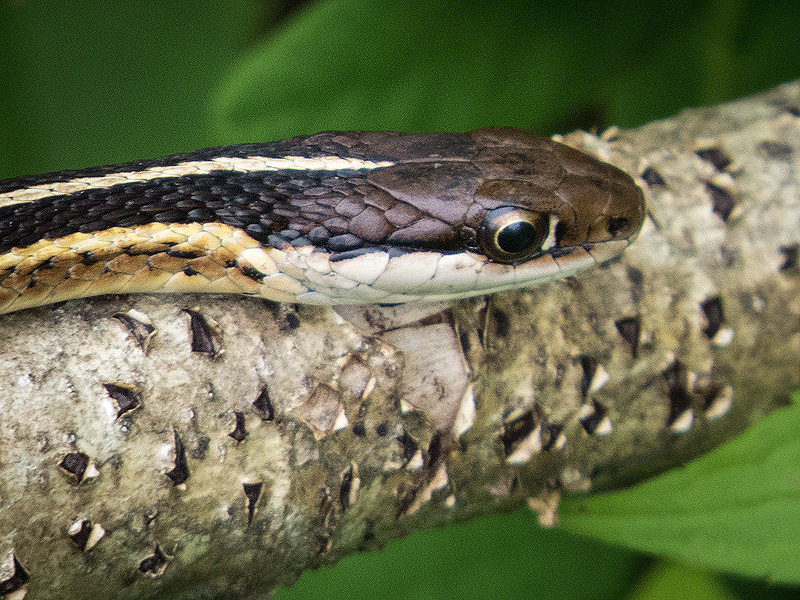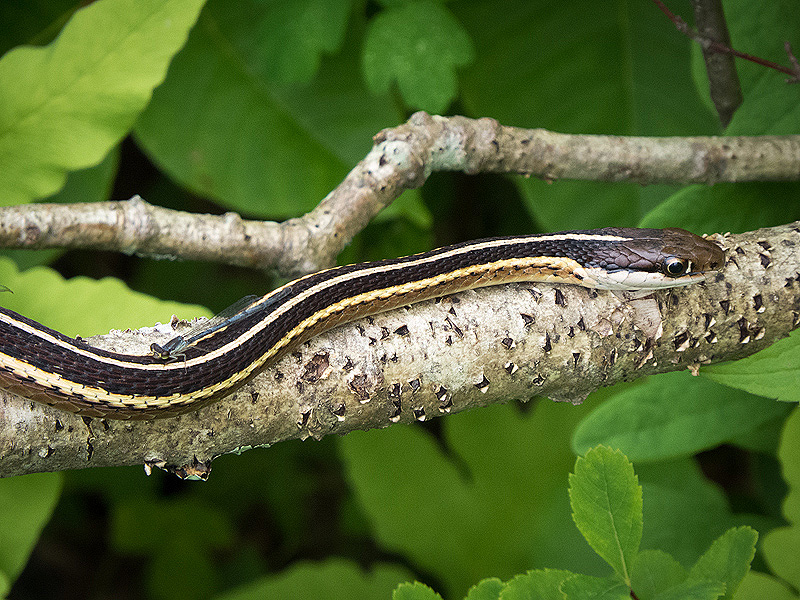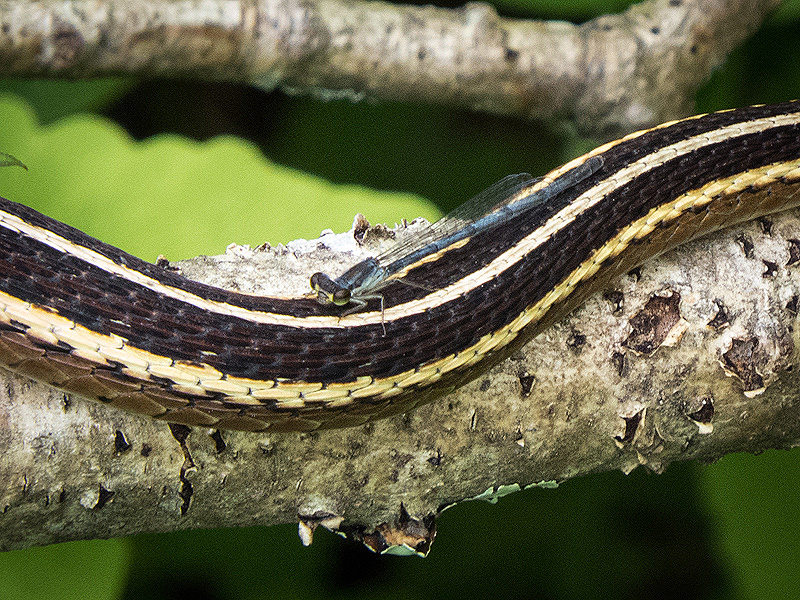Along the Air Line... 2017- Spring, Part 12 The Air Line Trail in Eastern Connecticut - Stan Malcolm Photos |
mHome Page Stan's FlickR Albums |
June 13th. Carolina or Pasture Roses (Rosa carolina) have started to bloom recently. |
I think this dragonfly is a Skimmer (Family Libellulidae, probably Libellula sp.). |
After a few days of no activity, a male at the Baltimore Oriole (Icterus galbula) nest. |
This Great Blue Heron (Ardea herodius) is in the process of swallowing a fish. (Note the swollen neck marking the fish's progress.) |
Another Snapping Turtle (Chelydra serpentina) laying eggs. |
|
Massive head and long muscular neck. |
An afternoon stop at Cranberry Bog. Canada Geese (Branta canadensis) watching over their goslings as they nap on the bank. |
Zzz. |
Later, out for a snack, grooming, and some exercise. |
|
A treat! Mallard (Anas platyrhynchos) mom and six ducklings. |
|
|
|
Later, mom stands guard as the ducklings... |
...shelter in the shade nearby. |
|
Common Cinquefoil (Potentilla simplex). This species hugs the ground, spreading by runners. |
Rough-fruited Cinquefoil (Potentilla recta), an erect species. |
Wood-sorrel (Oxalis sp.). |
Birdfoot Trefoil (Lotus corniculatus). |
|
Knapweed (Centaurea sp.). |
Blue-eyed Grass (Sisyrinchium sp.). |
June 14th. A male Black Purseweb Spider (Sphodros niger). |
The first full grown Gypsy Moth (Lymantria dispar) caterpillar I've seen. Most seem stunted and many have died, presumably from disease, though not before doing serious damage to oaks and other plant foliage.. |
Blue tubercles at the front, red towards the rear, are distinctive. |
|
Hairs can cause skin rashes. |
Head capsule is distinctively patterned. |
The white specs are tricomes, defensive structures picked up from the leaf surface. Clearly, Gypsy Moth caterpilllars are not deterred from feeding by their presence. |
June 19th. Deptford Pink (Dianthus armeria) has just begun blooming. |
This flower had a mite at its center. |
Common Mullein (Verbascum thapsus). |
|
Carolina or Pasture Roses (Rosa carolina). |
|
Mated Flower Flies (Family Syrphidae). |
Brown eyed male has eyes that meet at the top of the head (bottom of this photo). There's a gap between the female's eyes at the top of the head. This is a common sex differentiation character in many families of flies. |
Blue Toadflax (Nuttallanthus canadensis). |
|
Pearl Crescent (Phyciodes tharos) on Hawkweed. |
|
|
|
A day-active (diurnal) Firefly (Lucidota atra). |
Eastern Ribbonsnake (Thamnophis sauritis). In Connecticut, this is a species of Special Concern (http://www.ct.gov/deep/cwp/view.asp?A=2723&Q=325836) |
|
The snake has a guest on its back. |
A Damselfly. Pretty sure its a female Eastern Forktail (Ischnura verticalis). |
